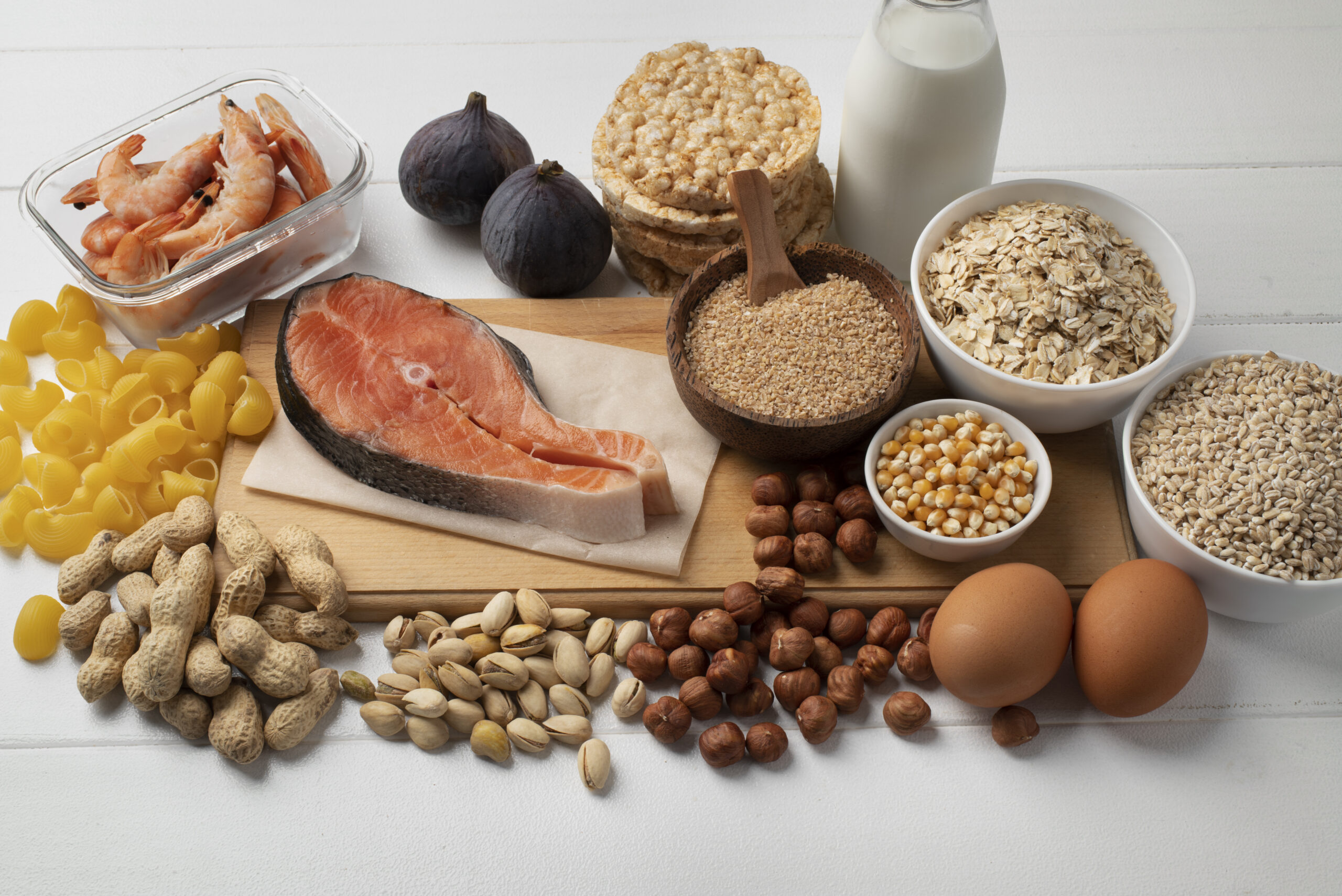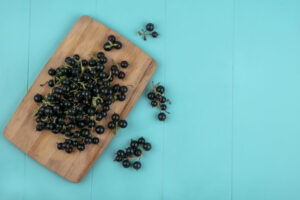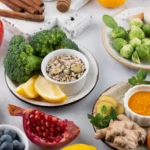
Winter Immunity Unleashed: Echinacea, Elderberry & Zinc Explained
Winter’s chill brings more than just cold weather—it’s prime time for colds, flu, and respiratory infections. But science-backed natural remedies like Echinacea , elderberry , and zinc offer powerful immune support. Here’s a no-fluff breakdown of how these three staples work, what the research says, and how to use them effectively.
1. Echinacea: The Immune Modulator
What it does:
- Reduces ARI severity : Clinical trials show Echinacea cuts symptom severity (e.g., Goel et al., 2004) and shortens infection duration by boosting macrophage activity, cytokine production, and phagocytosis.
- Antiviral synergy : Effective against pathogens like Streptococcus pneumoniae and Haemophilus influenzae .

Key Insights:
- Best formulations : Tinctures from dried Echinacea purpurea (higher cichoric acid, chlorogenic acid) > fresh. Chopping (not shredding) plant material enhances bioactives.
- Dosage matters : Standardized extracts (E. purpurea + E. angustifolia) with alkylamides/cichoric acid yield the best results.
- Safety : Short-term use (≤8 weeks) is safe; avoid in autoimmune conditions.
2. Elderberry: The Antiviral Powerhouse
What it does:
- Shortens flu symptoms : Sambucol® users recover ~4 days faster when taken within 48 hours of symptom onset.
- Anti-inflammatory effects : Anthocyanins lower IL-1β, TNF-α, and CRP, reducing systemic inflammation.
Key Insights:
- Cautions : Only consume cooked elderberries (raw/unripe = toxic sambunigrin). Commercial syrups (e.g., with vitamin C/honey) enhance bioavailability.
- Mixed evidence : Reduces symptom duration (not prevention). Limited benefits for children/asthma patients.
3. Zinc: The Immune Regulator
What it does:
- Dampens inflammation : Zinc inhibits NF-κB pathways, reducing proinflammatory cytokines (IL-6, TNF-α).
- Prevents infections : Supplementation in the elderly cut annual infection rates from 1.4 to 0.29 per person (2007 trial).

Key Insights:
- Dosage precision : ≥75 mg/day lozenges (acetate/gluconate forms) shorten colds but risk GI upset. Avoid >150 mg/day (toxicity).
- Dietary synergy : Pair with vitamin C (bioavailability booster) or zinc-rich foods (pumpkin seeds, cashews).
Comparative Edge: Why Use All Three?
Synergy Note : Combine zinc (daily baseline) with Echinacea (at first symptom) and elderberry (acute viral support) for layered defense.
Safety First: Risks to Know
- Echinacea : Autoimmune conditions (stimulates immune overdrive).
- Elderberry : GI distress if uncooked; avoid in kids <12 unless supervised.
- Zinc : Long-term excess (>40 mg/day) = copper deficiency, nausea.
Practical Tips for Winter Wellness
- DIY Elderberry Syrup : Simmer dried berries with ginger, cinnamon, and raw honey (boosts antibacterial action).
- Zinc Lozenges : Use acetate/gluconate forms; avoid citric acid (binds zinc).
- Echinacea Tinctures : Opt for dried-plant extracts standardized to cichoric acid.
Final Takeaway
Echinacea, elderberry, and zinc aren’t magic bullets—but when used strategically, they form a winter immunity trifecta . Pair them with sleep, hydration, and nutrient-dense diets for maximum impact. Always consult a healthcare provider for personalized dosing, especially for kids, pregnant women, or those on meds.
Stay smart, stay healthy



